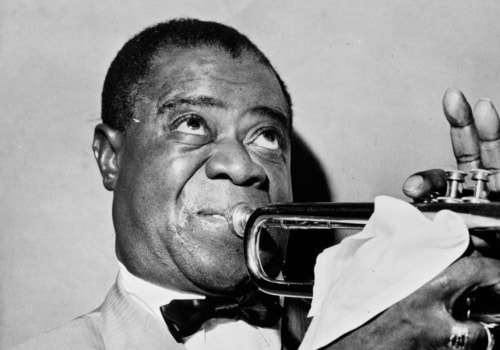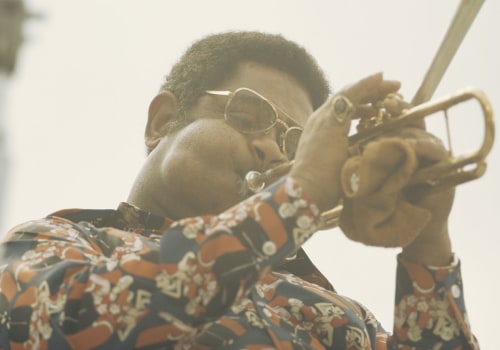The evolution of jazz was led by a series of brilliant musicians such as Louis Armstrong, Duke Ellington, and Charlie. Jazz, a musical form, often improvisative, developed by African-Americans and influenced both by the European harmonic structure and by African rhythms. It developed partially from ragtime and blues and is often characterized by syncopated rhythms, polyphonic ensembles, varying degrees of improvisation, often deliberate deviations of tone, and the use of original timbres. One of the greatest contributions of American culture to the world is jazz music.It captures a variety of emotions and embraces diverse European and African influences to create a form of music that is both an art form and an expression of the soul.
These, in turn, quite quickly found European musical elements, for example, simple dance and entertainment music and hymn melodies with form notes, such as those prevailing in the early 19th century in North America. However, jazz syncopation seemed fascinating and novel to non-black listeners, because that particular type of syncopation was not present in European classical music. Jazz musicians like to play their songs in their own styles, so you can listen to a dozen different jazz recordings of the same song, but each one will sound different. Jazz emerged from African-American slaves, who were prevented from maintaining their native musical traditions and felt the need to replace some local form of musical expression. Despite the dominance of jazz ending with the Great Depression, music has continued to evolve with new styles and subgenres that form as its influence on pop culture continues to resonate over time.
The 1940s and 1950s saw the rise of bebop, Afro-Cuban jazz, hard jazz, west coast jazz, modal jazz and free jazz. The first jazz recordings, made in 1917 by The Original Dixieland Jazz Band, proved tremendously popular and helped bring the music to enthusiastic audiences across the country. In fact, the sounds that jazz musicians make on their instruments in the way they attack, flex, release, embellish and color the notes characterize jazz to such an extent that if a classic piece were played by jazzmen in their idiomatic phrases, it would most likely be called jazz. Similarly, blues has appeared in most great jazz in one form or another (although it could be said that it is less present in much of contemporary jazz), but there are other genres that use elements of blues without being considered jazzy. Those are just a few of the reasons why some people consider jazz American classical music. Early attempts to define jazz as music whose main characteristic was improvisation proved to be too restrictive and largely false since composition, arrangement and ensemble have also been essential components of jazz for most of its history.
The relaxed Cool jazz of Miles Davis' Birth of the Cool, The Modern Jazz Quartet, and the Lennie Tristano school was marketed as a softer alternative to the more fiery sounds of bebop. Jelly Roll Morton was one of the first great jazz composers and the first to formally write and arrange music for his band. Following Whiteman's success, several black jazz musicians such as Duke Ellington (1899-197) and Louis Armstrong (1901-7) succeeded in jumping into jazz music now that it was popular. Jazz was born in this new world of emancipation and freedom stimulating a spirit of experimentation and expression that would be key elements of jazz. Armstrong is probably the best-known jazz musician and helped shift the focus from jazz to solo performances when he arrived on the scene in the 1920s.



